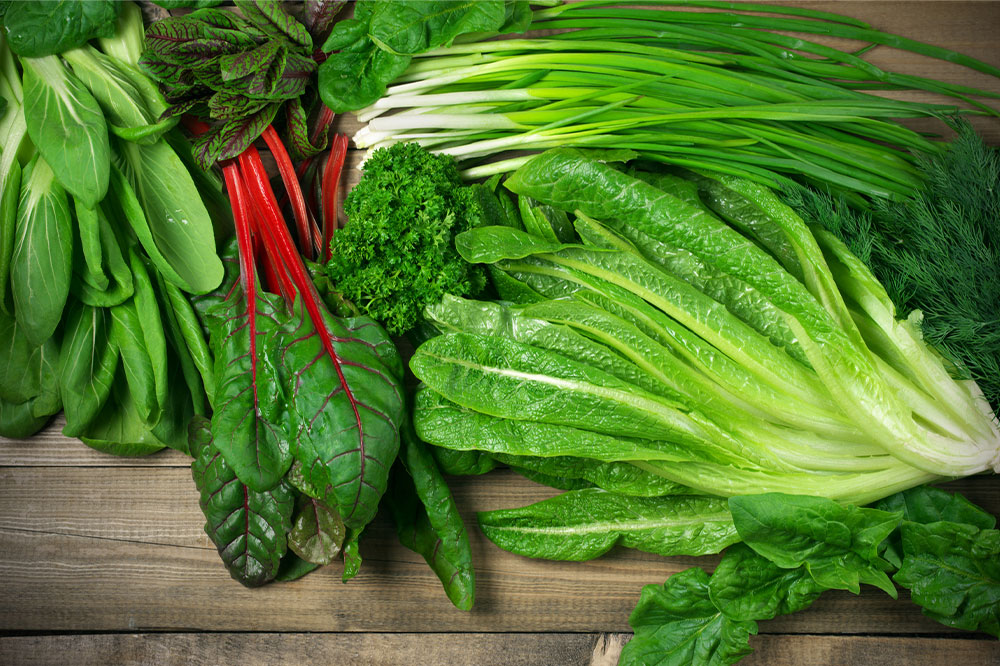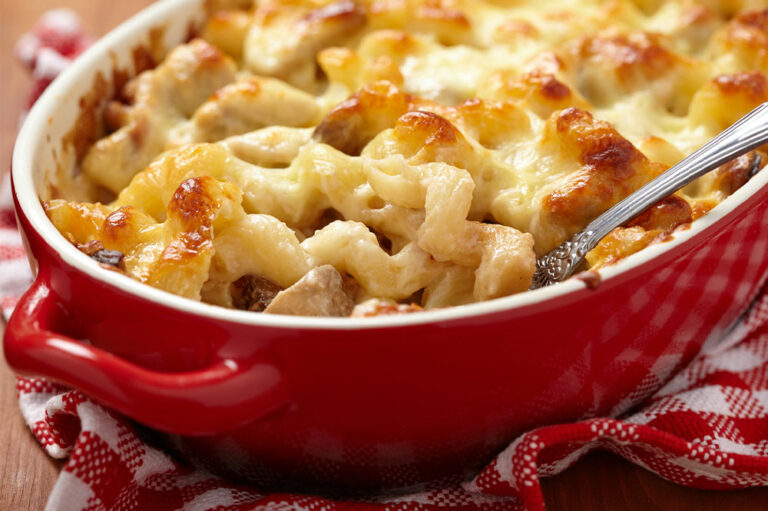
Pulmonary Fibrosis – Food Plan and Management Options
Pulmonary fibrosis is a rare disease that causes scarring in the lung tissues, causing breathing difficulties. On the other hand, Cystic Fibrosis (CF) is a life-threatening, chronic, progressive disease of mucus glands. It primarily affects the respiratory system and digestive systems of young and adults. It can also affect the sweat glands and reproductive system. Both are lung diseases but have very different symptoms. Both diseases are progressive and chronic and eventually lead to fatalities.
Impact of pulmonary fibrosis
Pulmonary Fibrosis (PF) causes lung scarring, making it thicker and less elastic. As a result, patients with PF cannot take in enough oxygen while breathing. The scarring may also affect the air sacs, a lace-like structure that supplies oxygen to the capillaries, absorbs carbon dioxide and releases it during exhalation. Scarring in the air sacs prevents the lungs from expanding, preventing one from taking deep breaths, which directly limits the amount of oxygen that can enter the blood.
Allergens, side effects of prescription treatments, pollution, and family history, are said to be the causes of pulmonary fibrosis. Unfortunately, there is no definitive cure for the disease. However, the symptoms can be managed with treatments and lifestyle changes. And since it is a progressive disease, it mostly leads to fatalities.
Treatment of pulmonary fibrosis
In the absence of a specific cure, doctors use the following methods to manage pulmonary fibrosis systems and to stop its progression:
- Prescription treatments
- Oxygen therapy
- Lung transplant
- Pulmonary rehabilitation
- Lifestyle modification
- Healthy meal plan
Foods to manage pulmonary fibrosis
A well-balanced, healthy meal plan can help a PF patient to maintain BMI levels, reduce inflammation, ease digestion, and fight infections. Here are some of the best food for pulmonary fibrosis:
Food rich in antioxidants
Food rich in antioxidants can help control inflammation and fight the free radicals in the bodies. Food rich in antioxidants include:
- Leafy green vegetables
- Sweet potatoes
- Broccoli
- Carrots
- Tomatoes
- Squash
- Citrus fruits
- Mangos
- Cherries
- Berries
- Green tea
- Sea vegetables
Lean protein
Daily intake of protein can help strengthen the muscles in the respiratory system. It helps a person feel full after a meal and helps maintain healthy BMI levels. Some of the best protein-rich food for lung health are:
- Fatty fish
- Walnuts
- Poultry
- Colorful fruits and vegetables
- Grass-fed lean meat
Immunity building food
A person with PF may already have a weakened immune system. Increased intake of immunity-boosting food can help reduce immunity and improve overall health. Some immunity boosting food include:
- Beets
- Pepper
- Apples
- Kilwi
- Turmeric
- Blueberries
- Kale
Omega-3 fatty foods
The three primary fatty acids of omega-3 fats are alpha-linolenic acid (ALA), eicosapentaenoic acid (EPA), and docosahexaenoic acid (DHA). They are found in cell membranes in the eye, brain, and sperm cells. They are crucial for making hormones that help expand and contract artery walls and regulate blood clotting and inflammation. The human body does not naturally produce omega-3 fatty acids and hence, depends on food and related supplements.
- Chia seeds, flax seeds, walnuts
- Flaxseed, canola, and soyabean oil
- Salmon, mackerel, sardines, tuna, and herring
- Fortified cereals and yogurts
- Fish oil like cod liver oil, krill oil
Probiotics
Probiotics are particularly beneficial for patients with lung diseases as they contain anti-inflammatory and immunomodulatory substances. Probiotics can help fight airway inflammation and lung damage. Avoid probiotics that can cause gas and bloating in case of an acid reflux episode. Probiotics ideal for PF include;
- Cultured vegetables
- Yogurt
- Buttermilk
Apart from eating healthy, keep the body hydrated by drinking water, fruit and vegetable juice, and herbal teas. Avoid processed food, sugary desserts, and carbonated drinks that can promote inflammation.
Cystic Fibrosis
Cystic Fibrosis (CF) is another life-threatening inherited condition where the mucus glands produce excessive mucus, and the sweat gland produces excessive sweat. The mucus in patients with CF is very thick and accumulates in the lungs and intestines. Excessive sweating causes salt loss and creates an imbalance of minerals. Both cause malnutrition, poor growth, recurring respiratory infection, breathing difficulty and permanent lung damage, leading to death. CF can also cause other complications like
- Sinusitis
- Nasal polyps
- Clubbing or enlargement of fingers and toes
- Pneumothorax – rupture of lung tissue
- Abdominal pain
- Too much gas
- Rectal prolapse
- Liver disease
- Diabetes
- Inflammation of the pancreas
- Gallstones
Cystic fibrosis medical treatment
Until recently, cystic fibrosis was diagnosed after symptoms began. With advancements in medical technology, cystic fibrosis can be diagnosed within one month of a child’s birth before symptoms begin to show. Though no cure exists, discoveries have helped control and manage CF symptoms. This has led to an increase in a life span of a person with CF to an average of 50 years.
Gene therapy
Since it is a genetic disease, starting Gene therapy early and fixing or replacing the faulty gene can help manage CF. Doctors may also give the patient an active form of the missing or defective protein.
Prescription treatment
Doctors use a combination of oral, injectable, or intravenously-administered treatments to target gene mutations, considered one of the biggest achievements in treating CF. Other treatments include:
- Antibiotics to prevent and treat lung infection
- Treatments to thin and dilute the mucus
- Anti-inflammatory treatments to reduce swelling in airways
- Stool softeners to prevent constipation
- Bronchodilators and other inhaled to keep airways open
- Oral pancreatic enzymes to improve digestion
Therapies to loosen mucus
Apart from prescription treatments, doctors use multiple therapies and techniques to loosen the mucus in the airways, making it easier for the patient to cough it out. The therapies include:
- Vest therapy
- Specific breathing and coughing techniques
- Use of mechanical devices to blow air into the mucus
- Clapping with cupped hands in the chest to loosen mucus
- Vigorous exercise
Pulmonary rehabilitation
Since it is a chronic condition, doctors plan treatments and therapies that help manage CF’s long-term impact. They include:
- Physical exercise
- Breathing techniques
- Food modification
- Oxygen therapy
- Education for patients and caregivers
Surgery
Doctors may perform surgical and other procedures to manage some of the conditions caused by CF. They may insert a feeding tube to aid digestion. They may also use surgery to remove nasal polyps. Patients may also use a nose or mouth mask while sleeping for better breathing. Bowel blockages may develop in CF, and doctors may perform surgery to remove it. In addition, some patients may need a lung, pancreas, or liver transplant if other treatments are ineffective.







